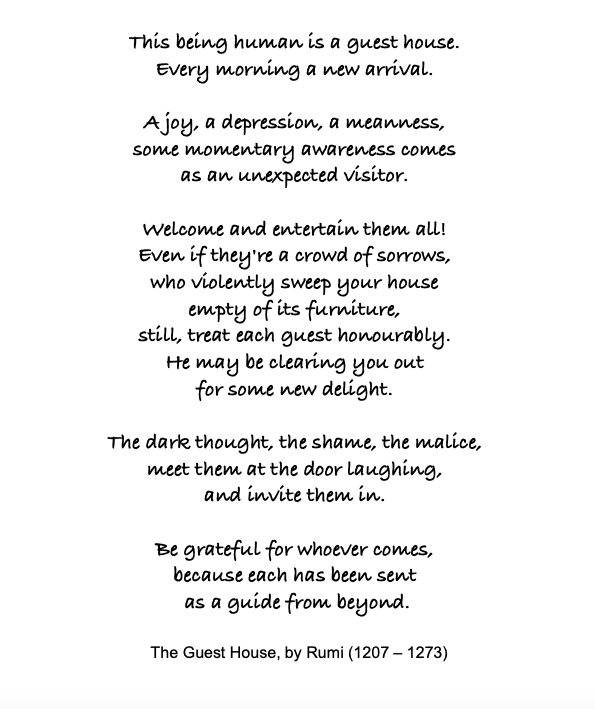Week 5: Navigating the Uncomfortable
In Week 5, our meditation journey led us to confront our fears and grapple with uncomfortable thoughts while maintaining stillness. Nick, our guide, had previously laid the foundation by enhancing our awareness of thoughts, feelings, and emotions—an essential precursor to meditation.
Guided meditation played a pivotal role in showing us how to embark on self-meditation. It illuminated the path, teaching us how to sit, breathe, employ techniques, and gradually immerse ourselves in the practice.
Having previously shared my experience with self-meditation in earlier blog posts, I highlighted the necessity of an open mind and a deep understanding to connect with mindfulness. Mindfulness serves as both a support and a solution for those seeking personal growth or coping with challenging situations—a journey that resonated with my own.
“Sadness does not arise to be healed. It arises to be heard. It arises to be held, here, in the loving arms of awareness.” – Jeff Foster
Letting the Uncomfortable Be, to Allow the Comfortable:
As our practice deepened and became more consistent, a shift occurred in our brain activity. Our ability to sit still and observe strengthened, prompting us to confront discomfort and aspects we habitually avoided.
Encountering uncomfortable thoughts and feelings during meditation was unexpected for me initially. However, with focused attention and a commitment to observe, I refrained from turning away or prematurely ending my meditation—a personal success. Conversations with fellow meditators underscored the significance of facing discomfort in the meditative process.
Rather than viewing discomfort as an adversary, I began embracing it. Developing compassion for these discomforts allowed me to understand their origins and rationalize my thoughts surrounding them.
Steps to Allow the Let Go:
- Observe: Scan your body from head to toe. Identify discomfort or tightness, focus attention, and observe its origin and boundaries. Be present with the shape of the unpleasant feeling.
- Breathe: Inhale naturally through the lungs. Intentionally breathe through discomfort, maintaining a calm and steady breath. Avoid forcing it; breathe slowly and deeply.
- Create Space: Generate space within your body, allowing room for movement. Continuously create space and expand.
- Allow: Permit the discomfort to exist without judgment. If distracting thoughts or judgments arise, refocus on breathing and observing. Acknowledge the brain’s protective response to discomfort and redirect focus.
Homework for Week 5: Challenging Fears:
- Being with Difficulty Practice
- Mindful Movement – 5 Tibetans
- Breathing Space. Text Your Buddy (without waiting for a response)
- Mindfulness in the Moment – Noticing Sounds
- Gratitude Log
As we conclude today’s post, I hope it provided insights and piqued your curiosity to explore more about Cognitive Meditation. Feel free to reach out or share your thoughts and experiences in the comments—I would love to hear from you!
Namaste.

